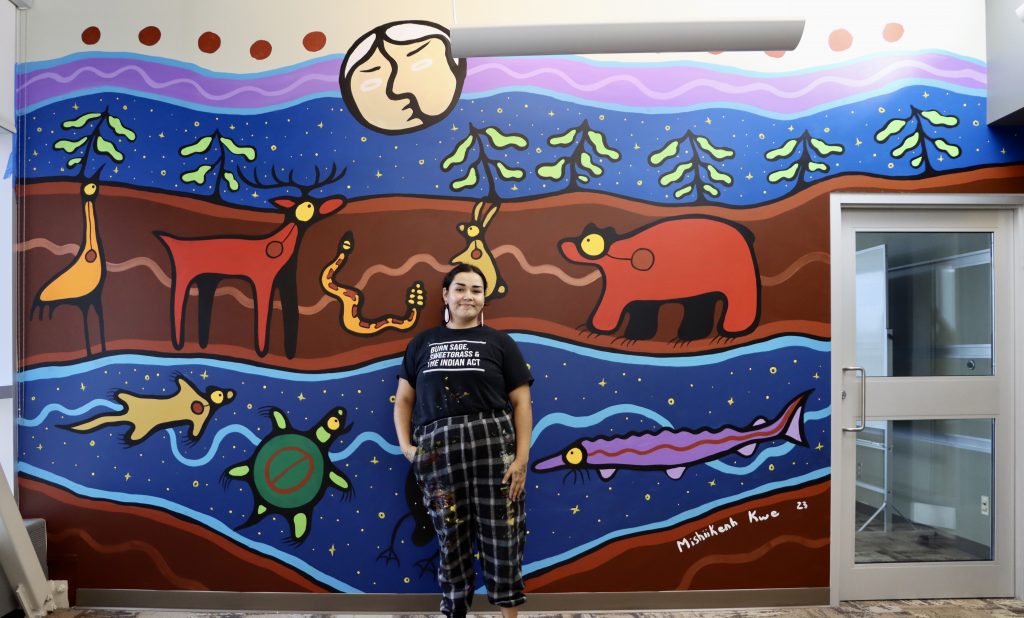National Indigenous History Month

In June, Canadians celebrate National Indigenous History Month to honour the history, culture and diversity of First Nations, Inuit, and Métis Peoples in Canada. It is also an opportunity to recognize the strength and resilience of present-day Indigenous communities.
June 21st is National Indigenous People’s Day, and it is also the summer solstice – the longest day of the year and a traditional day of celebration marking the end of winter, longer days, and renewed life. The phenomenon of the summer solstice is due to the tilt of the Earth. In June, the North Pole is tilted most directly toward the Sun, giving those in the northern hemisphere longer daylight hours.
Indigenous Peoples have been using the stars and the sky as a means of navigation, measuring time, and tracking seasons. Much of this knowledge is translated and shared through stories. The Anishinaabek, the Indigenous people native to the Greater Sudbury area, draw connections between constellations and seasonal changes, as told in sky stories. Sky stories can tell of seasonal changes, harvests or animal migrations that occur during the season when a specific constellation is overhead. Indigenous knowledge and western science may be seen as separate but are merely different ways of understanding the same natural phenomena.
Last year, local artist and knowledge keeper, Will Morin, created a piece of artwork called “Agaashiinyi: It is small” that now hangs in the lobby of SNOLAB. The piece uses language and symbols to interpret our connection to the cosmos and the work underway at SNOLAB from an Indigenous lens.
The same year, an emerging local artist Mishiikenh Kwe (Autumn Smith) painted a mural on the second floor of our surface building titled “Star stories”. The piece honours Indigenous astronomy and features elements of sky stories that were told to her by her grandmother growing up.
By listening to Indigenous people and hearing their perspectives, we can begin to gain understanding and respect, and work towards reconciliation. Below is a list of resources you may find useful for learning and professional development:
- Explore storytelling, music, literature and events celebrating First Nations, Inuit and Métis Peoples in this list from CBC
- Find out whose land you’re on and learn why it’s important to develop a land acknowledgment
- Read the Calls to Action from the Truth and Reconciliation Commission
- The National Centre for Truth and Reconciliation created a database to help adults talk to children about residential schools and reconciliation. The resources and reading lists for kids are organized by age group
- Historical and Contemporary Realities: Movement Towards Reconciliation is an open-source book by Susan Manitowabihis (faculty at Laurentian University) about the historical, traditional, and cultural significance of the lands encompassing the Sudbury area.
- Indigenous Canada is a free online, 12-week course offered by the University of Alberta that explores Indigenous histories and contemporary issues in Canada and is taught from an Indigenous perspective.
- Indigenous Awareness is a free, 2-hour course offered by the British Colombia Institute of Technology that will provide foundational knowledge of Indigenous people in Canada